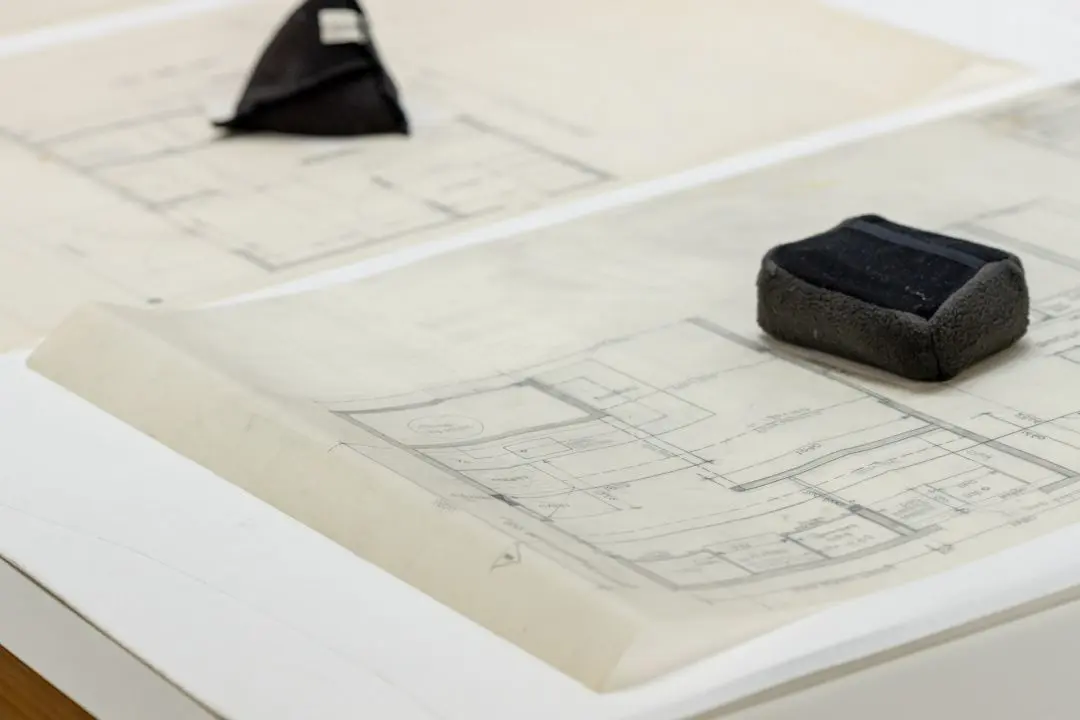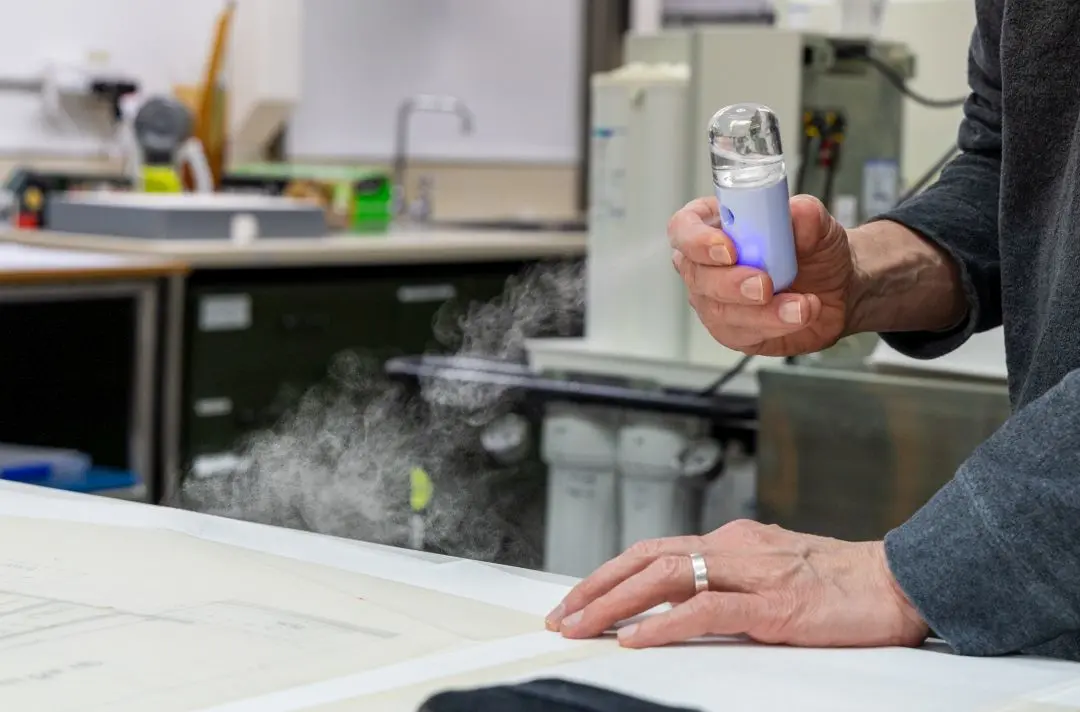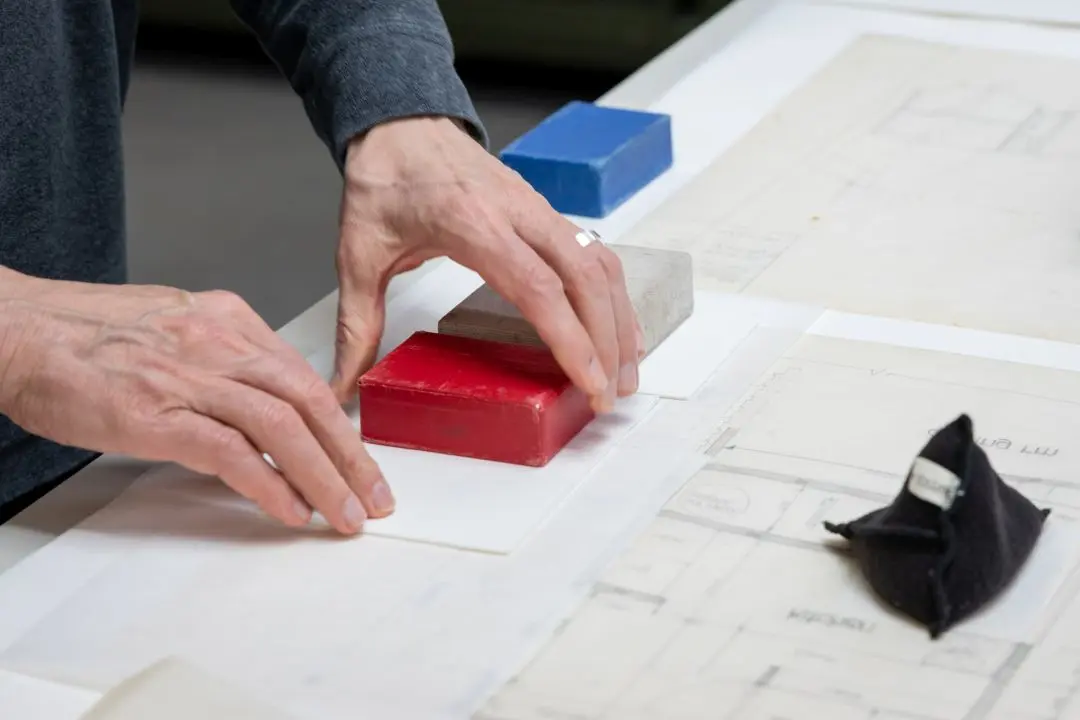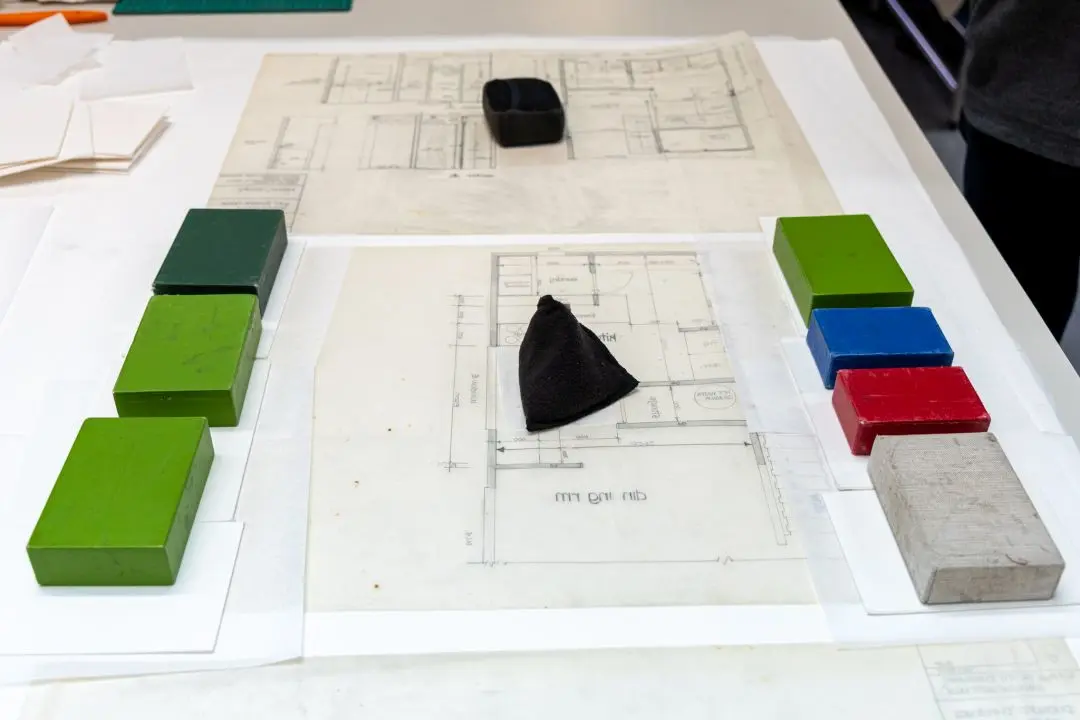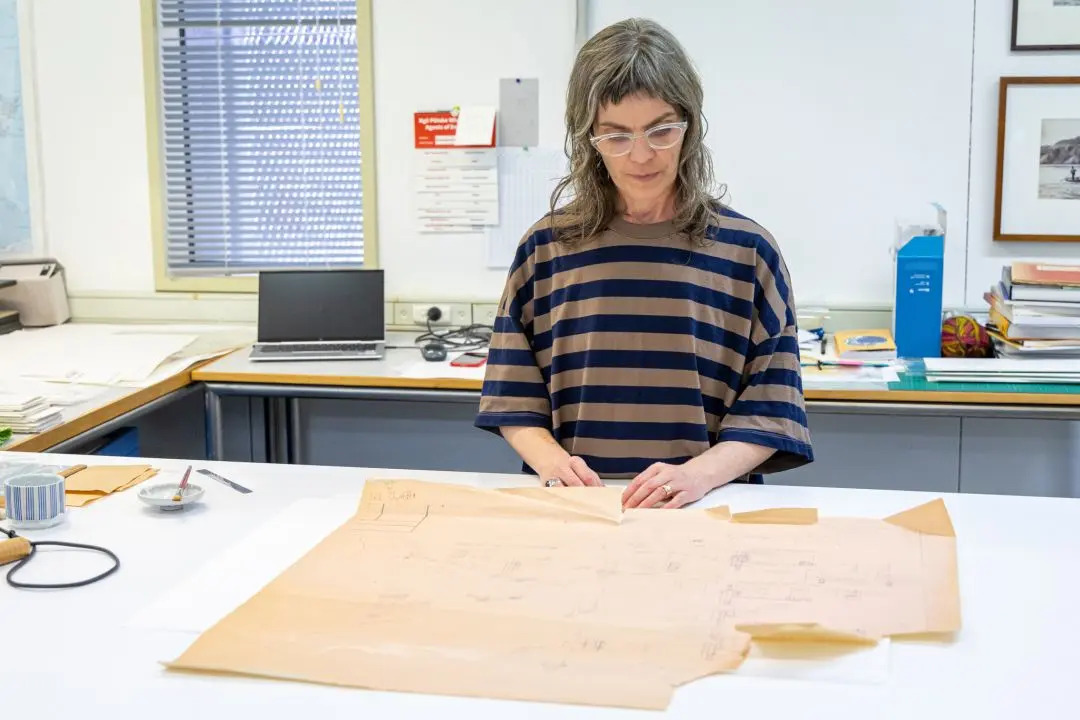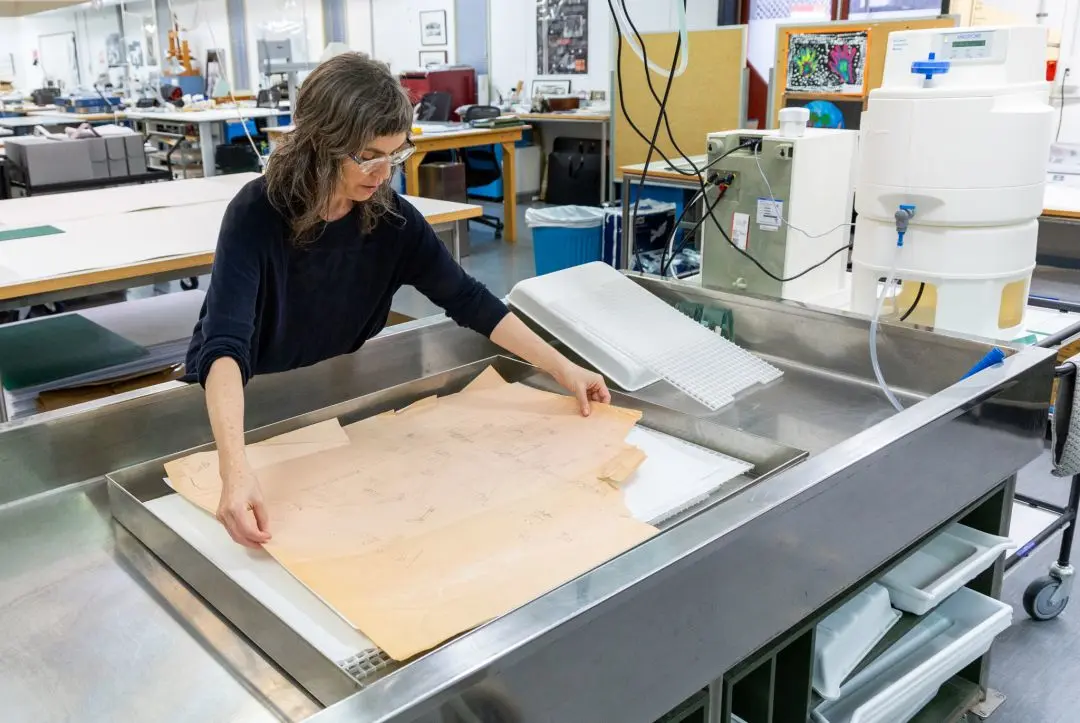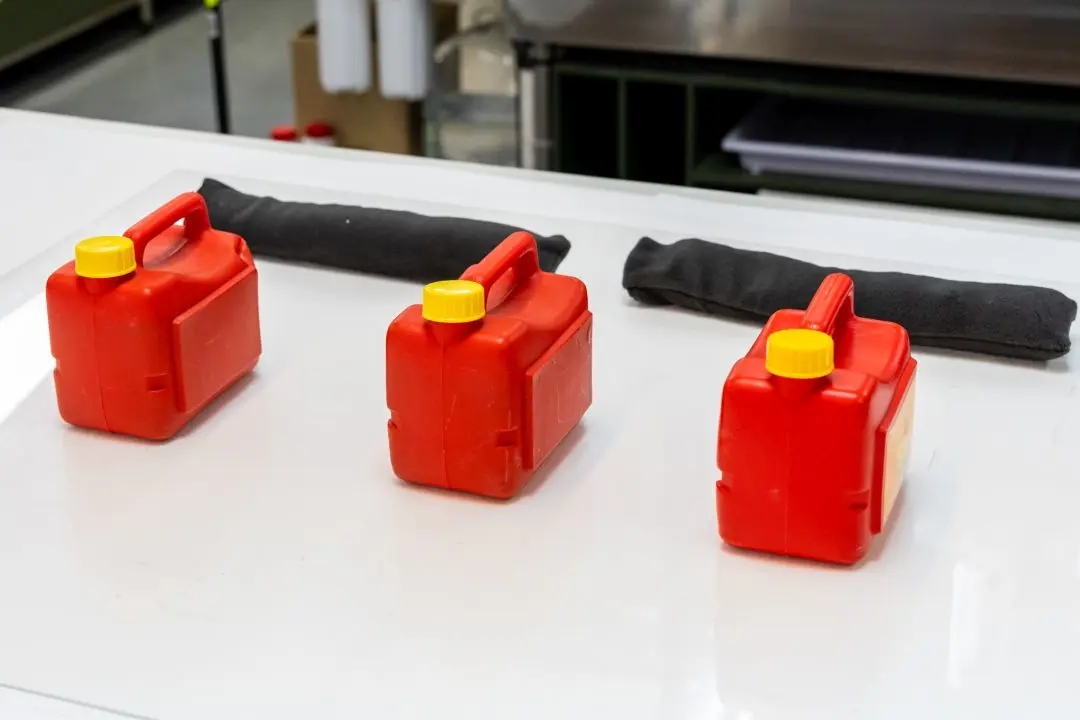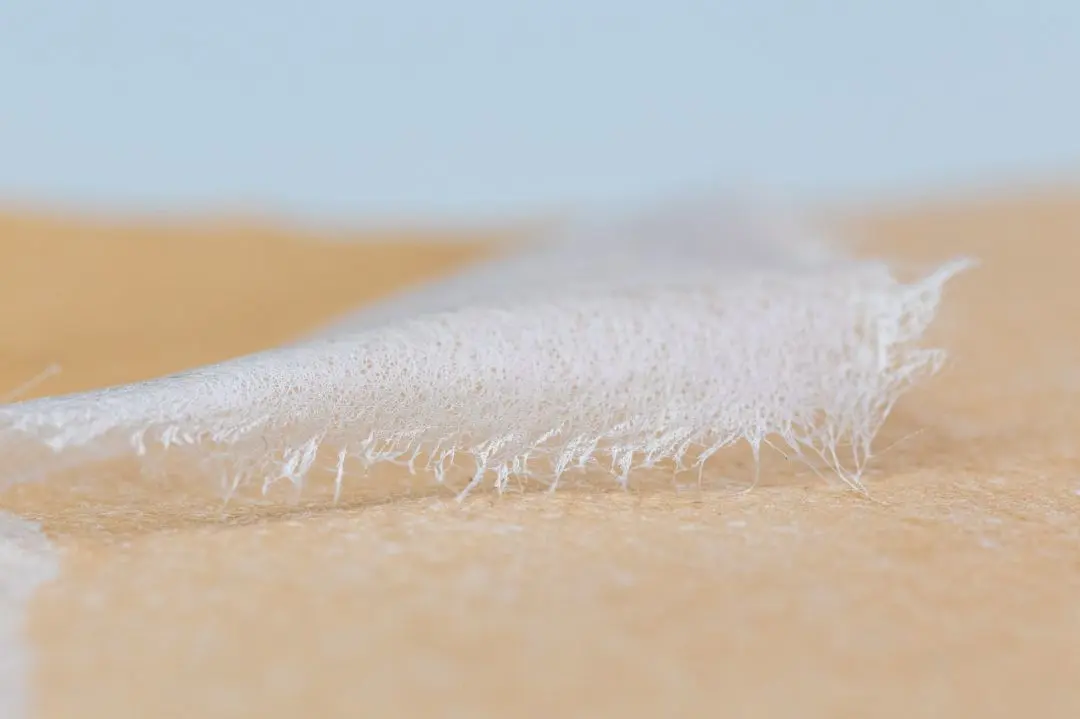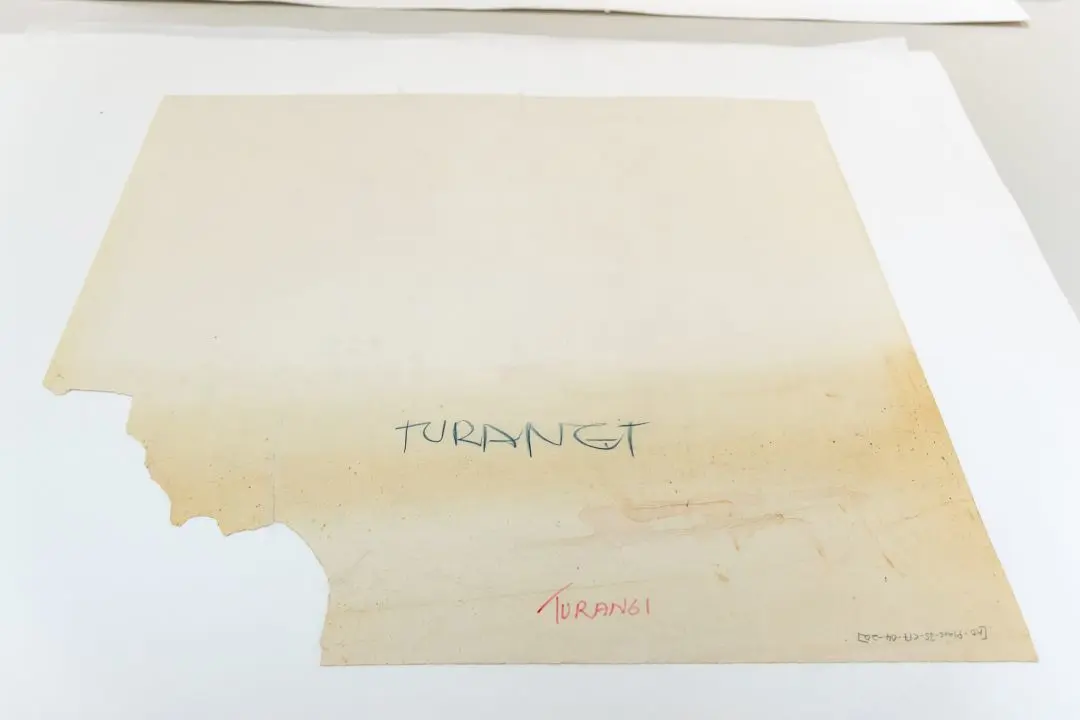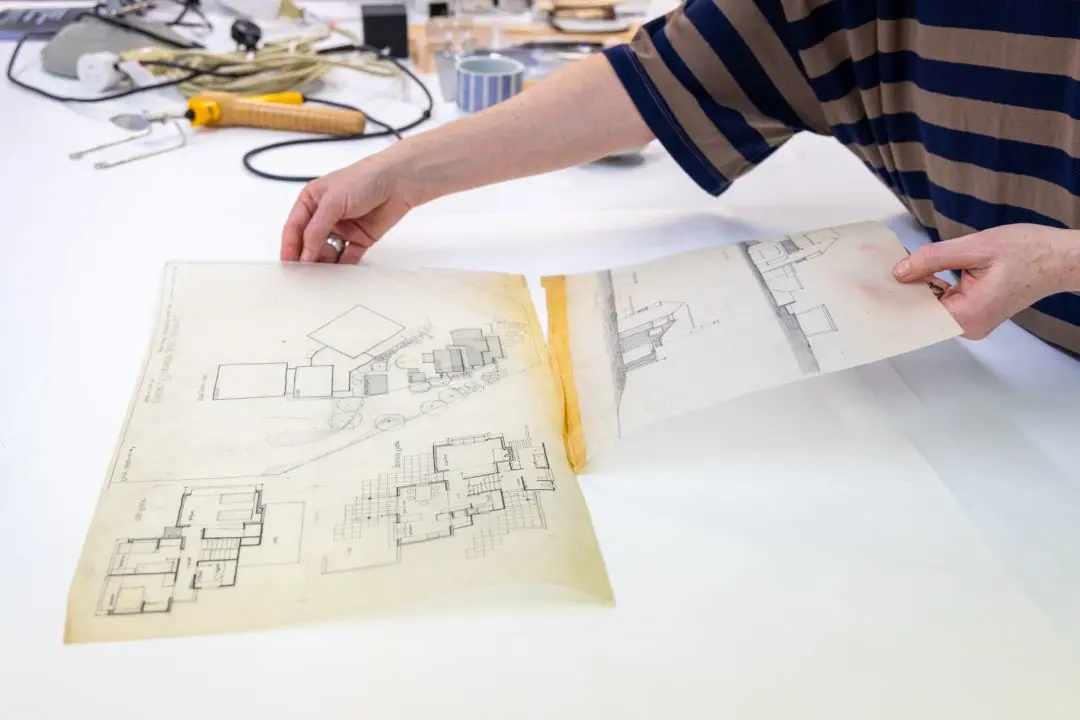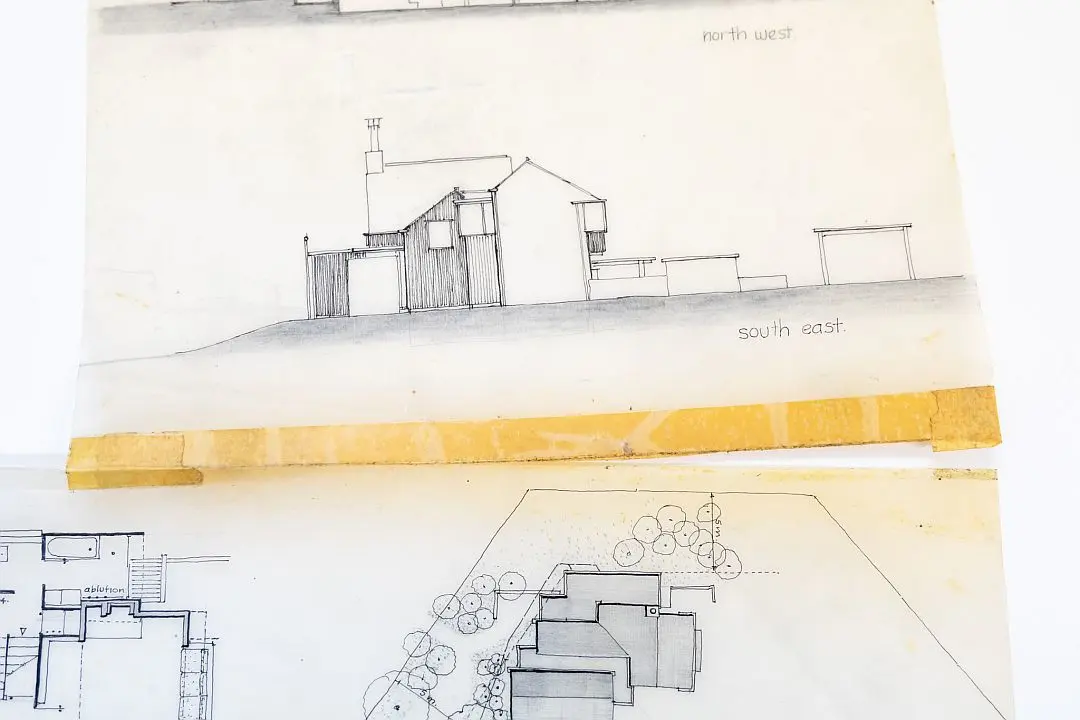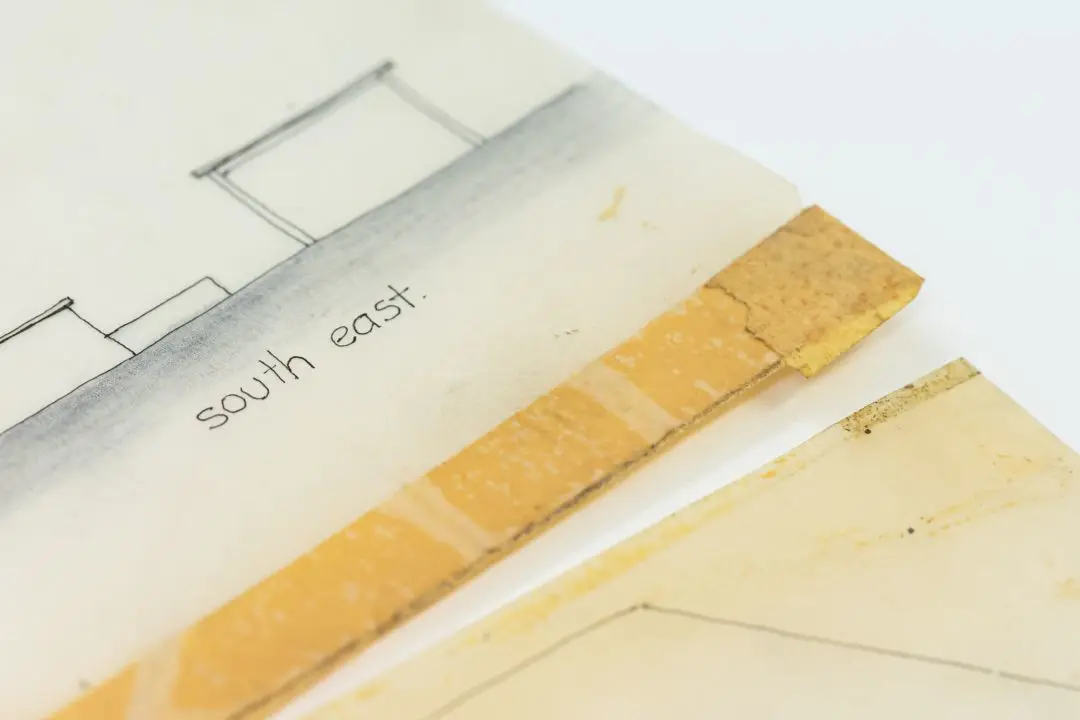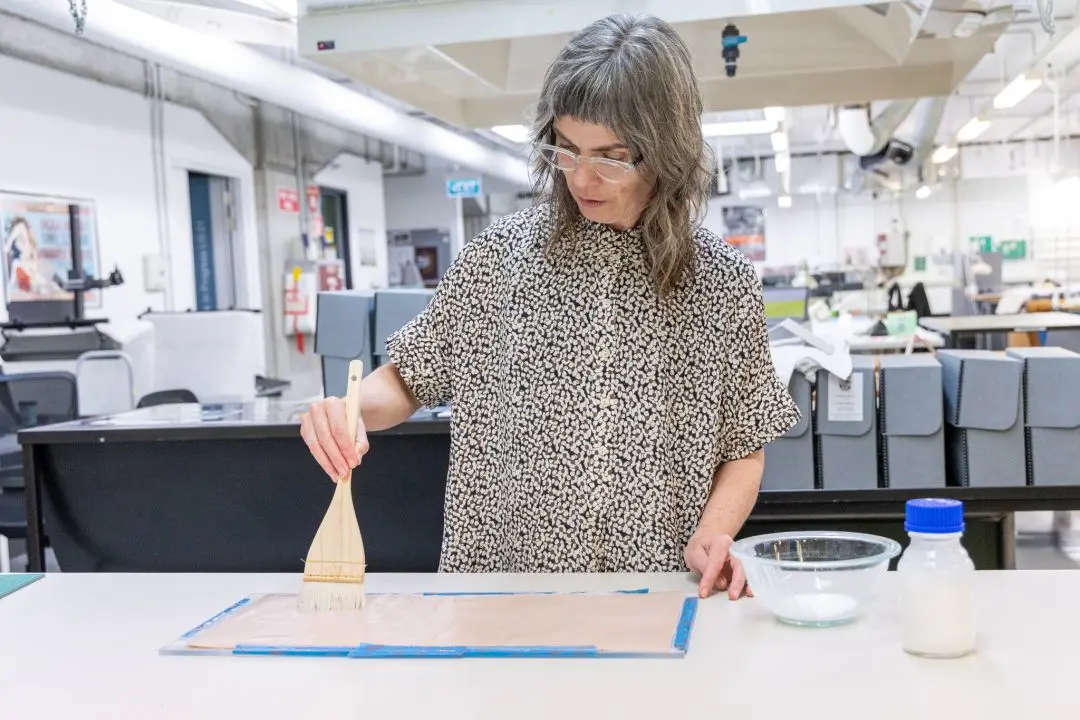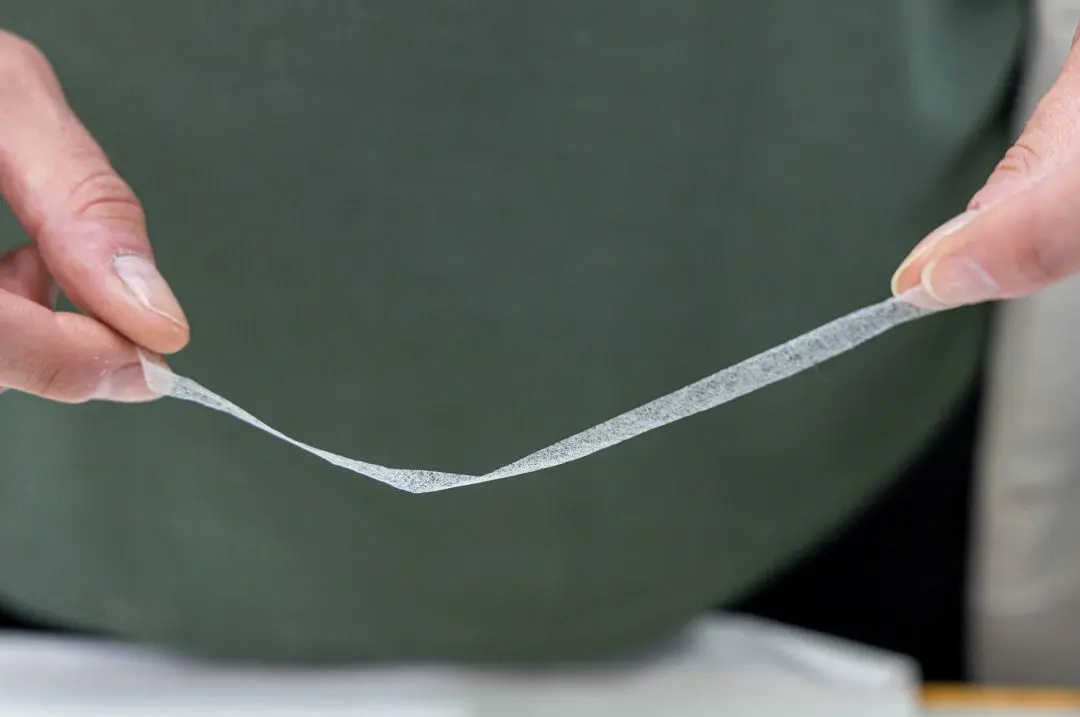Conservation of the John Scott collection
Paper conservator Louise Newdick shows us the conservation lab and the work being done with the John Scott collection to stabilise the material in preparation for copying, handling, access and long-term storage.
Preparing the collection for digitisation
In 2020, the Library welcomed the John Scott archive (ATL-Group-00530) of architectural records into the Turnbull Library collections. In our previous blog Caring for the John Scott collection, we introduced the Mahi Whanake team and gave an overview of the work they are doing.
In this blog post, we will share in more detail what has been happening with the Scott collection in the conservation lab, including the type of treatment work being carried out as part of our work preparing the plans for digitisation.
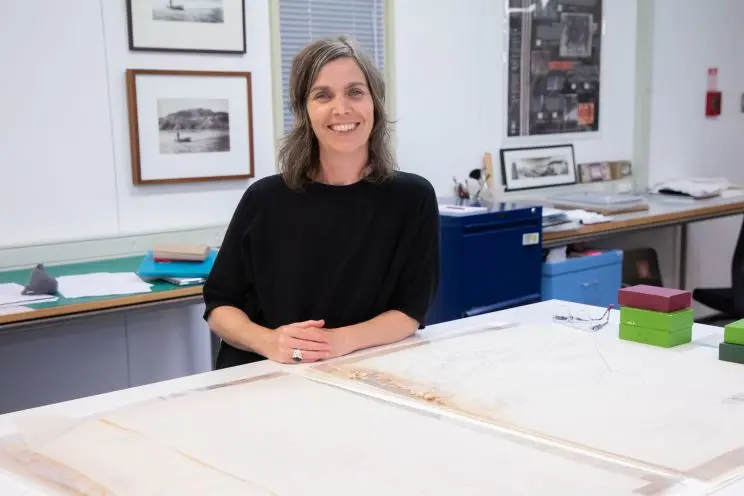
Louise Newdick, Paper Conservator with some John Scott plans in the Conservation Lab. Photo by Mark Beatty.
Because the John Scott archive is such a large collection — totalling over 10,000 items and set within a project timeframe of two years — the treatment framework, beginning in mid-2022, was prioritised with a focus on stabilisation.
The plans and drawings need to be as flat as possible in order to be digitised by the team at Heritage Studios — an imaging studio specialising in cultural and heritage preservation.
Once digitised, online access copies then will be created so that the originals can be put into climate-controlled, long-term storage.
Stabilising the collection
Using stabilisation as the conservation priority requires that treatment work address the condition of the items in relation to copying, handling, access, and storage. This requires focusing on material issues that pose an actual or potential risk for further damage to the plans, being mindful of the handling required as they move through the arrangement and description and digitisation processes.
This means that in addition to the plans needing to be as flat as possible, pressure-sensitive tape (such as sticky tape and masking tape) has been removed with the parts and tears reattached using conservation-approved adhesives and tissues, and that significant tears and vulnerable or fragile areas — mould or insect damaged areas for example — are supported.
This not only involves treatment but includes providing appropriate housing material: archival interleaving paper sheets and/or mylar (inert plastic) folders and supports, when needed.
Treatment work including humidification and tape removal
The images in this post are a pictorial montage of the types of basic treatment work that we have been carrying out in the lab on the John Scott collection, starting with basic humidification — controlled introduction of moisture. This is done either through localised fine mist or through overall humidification in a small humidity chamber. Once humidified, the plans are then pressed under weights to reduce creases and fold lines.
Next is tape removal and tear repair — using a heat set tissue for tracing paper and more conventional/traditional Japanese tissue and wheat starch paste mending for the diazotype prints and other woven (normal) papers.
I have been lucky enough to have had help from Conservation Technicians, Laura Van Echten and Greg Weiss who have done a wonderful job working on these plans, as you can see in the following photos.
The first image is here to remind you of how the collection arrived at the Library.
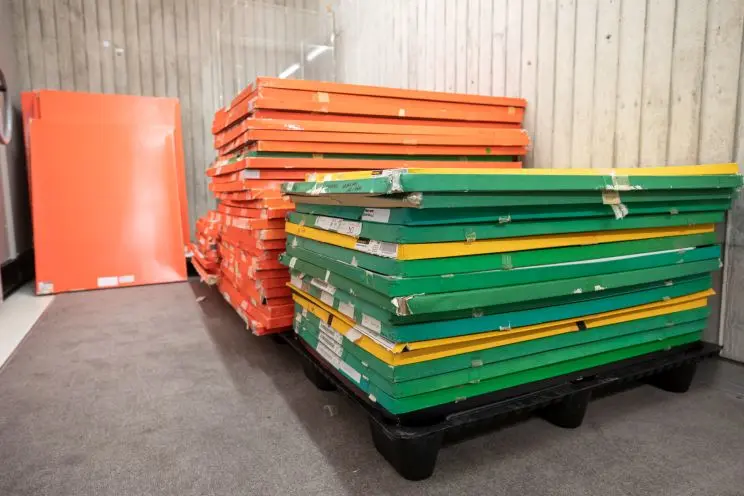
Architectural plans arrived in these large boxes. They have since been transferred to archival folders for their long-term preservation. Photo by Mark Beatty.
Documentation of items before treatment begins
An important part of conservation treatment is the documentation of any item before treatment. Here, Laura is working on a diazotype photo reproduction — a dry photographic process used to copy the original tracing paper drawings.
This copy process was widely used in architectural practice and is a type of whiteprinting, which gives a positive print of dark lines on a white background.
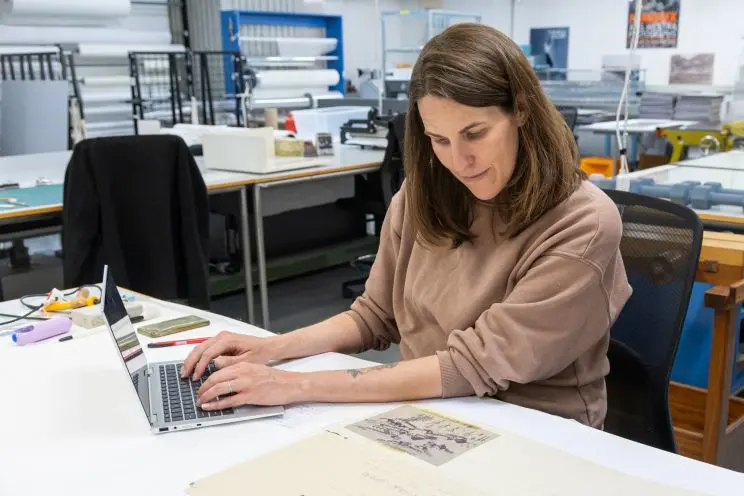
As part of the pretreatment assessment, Laura thoroughly documents each item before any conservation treatment. Photo by Mark Beatty.
After treatment — the old tape has been removed and the paper rejoined
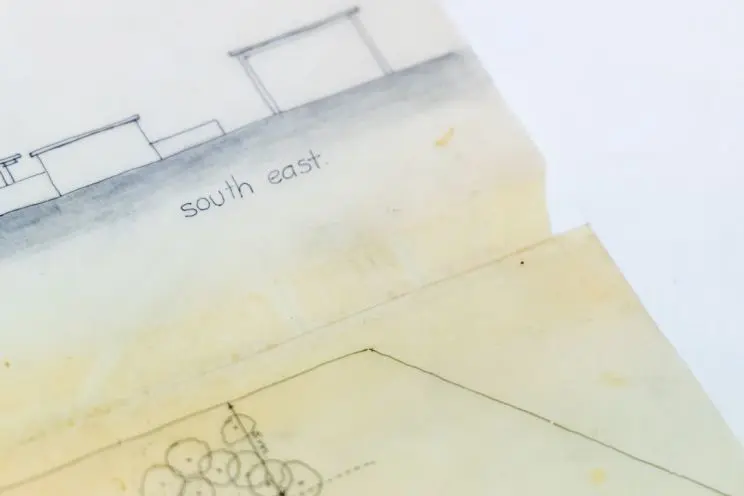
Using custom-made heat set tissue, the two sheets of tracing paper have been rejoined and the staining reduced. Photo by Mark Beatty.
After treatment — tears have been repaired using archival Japanese tissue
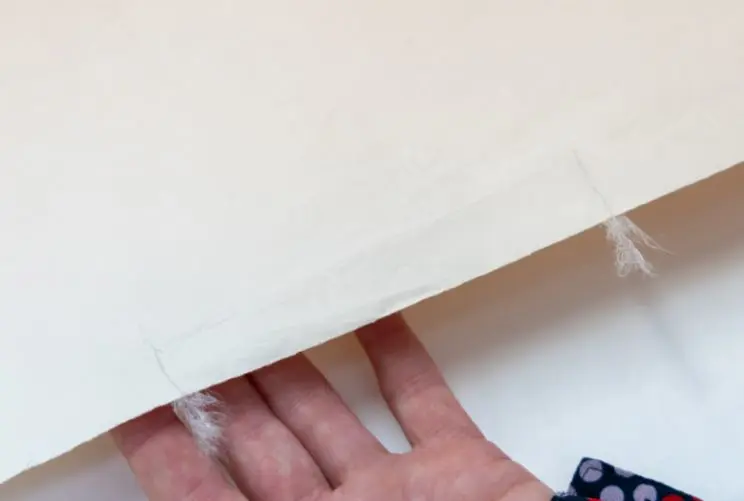
Treatment to repair torn paper, excess tissue will be trimmed. Photo by Mark Beatty.
The finished result of conservation treatment
This print has been flattened using the humidity chamber to remove creases and small tears have been repaired using Japanese tissue and wheat starch paste. After appropriate housing materials are created it will be ready for the next stage in the process — digitisation.
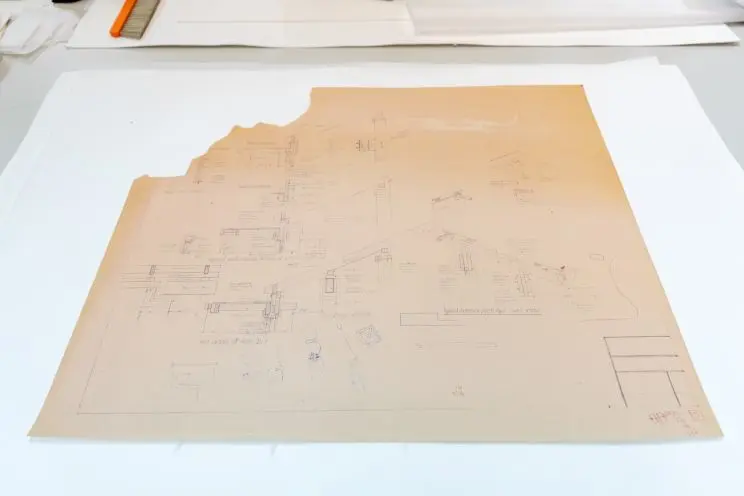
After treatment, the plan is now flattened and ready for the next step in the process. Photo by Mark Beatty.
What’s next? Digitisation
We hope this has provided some insight into the ongoing conservation work for the John Scott collection. Already underway is the digitisation of the plans by Heritage Studios.
Our next blog about the Scott collection will focus on the digitisation process and will detail the various innovations and challenges in producing the final, digitised images. These online access copies will be available for researchers via the Library’s National Digital Heritage Archive (NDHA).
Catalogue records for the John Scott collection are already online and we hope to have the entire Collection material accessible and ready for researchers – digitised images included – by the end of 2024.
Scott, John Colin, 1924-1992: Architectural records (ATL-Group-00530)
Mahi Whanake team blog series
The Mahi Whanake team write about their work processing large, complex collections including the John Scott architectural records, further papers of the C. K. Stead collection and Shona Rapira Davies artist papers.
